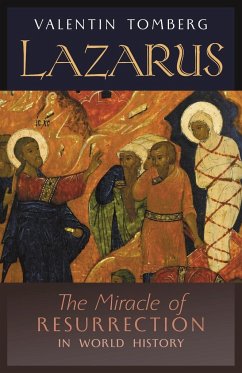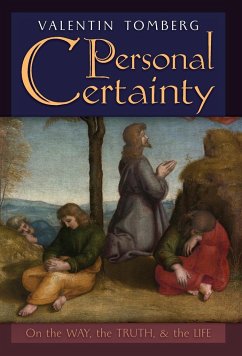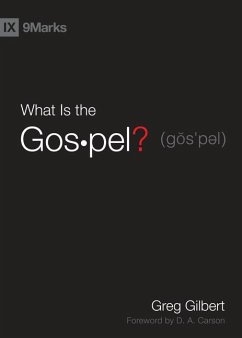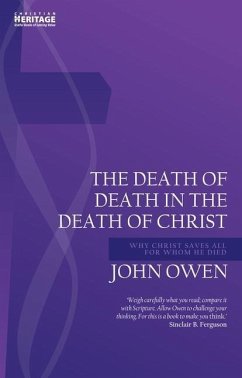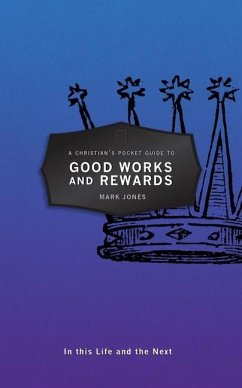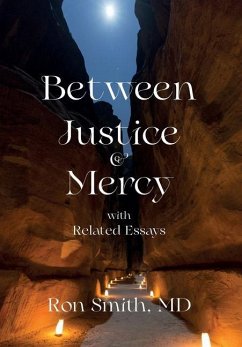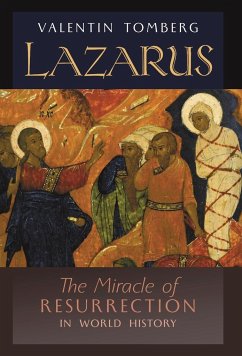
Lazarus
The Miracle of Resurrection in World History
Übersetzer: Wetmore, James R
Versandkostenfrei!
Versandfertig in über 4 Wochen
30,99 €
inkl. MwSt.
Weitere Ausgaben:

PAYBACK Punkte
15 °P sammeln!
This final masterwork of Valentin Tomberg (1900-1973) consists of three parts. Part I, "The Seven Miracles of John's Gospel," probes deep correlations between the 7 Healing Miracles, the 7 Days of Creation, and the 7 Sacraments. Part II, "The Miracle of the Raising of Lazarus," juxtaposes the mysteries of forgetting, sleep, and death, with those of remembering, awakening, and resurrection, as a prelude to the eternal words: "Lazarus, Come Forth!" Part III, "The Miracle of Lazarus in Divine-Human History," leads to the "blinding insight" that Christianity is nothing other than the ongoing resur...
This final masterwork of Valentin Tomberg (1900-1973) consists of three parts. Part I, "The Seven Miracles of John's Gospel," probes deep correlations between the 7 Healing Miracles, the 7 Days of Creation, and the 7 Sacraments. Part II, "The Miracle of the Raising of Lazarus," juxtaposes the mysteries of forgetting, sleep, and death, with those of remembering, awakening, and resurrection, as a prelude to the eternal words: "Lazarus, Come Forth!" Part III, "The Miracle of Lazarus in Divine-Human History," leads to the "blinding insight" that Christianity is nothing other than the ongoing resurrection of the totality of Divine-Human History, the Ecclesia universalis.



